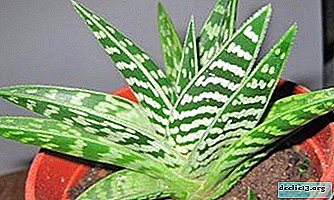Primer purpose
The optimal preparation of the surface for further processing is achieved by using primers selected in accordance with the nature of the surface and the intended finishing material. One of the main goals of a surface primer is to reduce moisture absorption. Take for example wall papering: without a preliminary primer, the glue will be quickly absorbed into the surface. In this case, the wallpaper is very likely to move away from the walls
With a primed wall mixture, adhesion will be much better, since the glue will be absorbed gradually, attracting the wallpaper evenly. The film formed by the primer improves adhesion to the applied material and increases the strength of the treated surface. The use of a primer reduces the consumption of finishing materials or, in the case of wallpapering, glue. This is especially true if expensive paints, decorative plasters or liquid wallpapers are used.
Types of primers and their purpose
- The primer for metal is characterized in that it not only improves adhesion to the subsequent paintwork, but also provides protection against corrosion. There are primers that can be applied to metal affected by corrosion - they also perform a bonding function, preventing the spread of corrosion and the appearance of a new one. Also improves the resistance of the applied coating to fading in the sun and temperature extremes. There are primers for ferrous and non-ferrous metals.
- The primer on the tree closes the pores of the tree, increases its antiseptic and antifungal resistance, thereby extending the service life. Of course, the consumption of paint or varnish, which will be required to create a decorative coating, is also reduced. Before applying decorative plaster or paint on the walls, a primer should also be used, in this case it will be a primer for mineral substrates or a primer for a specific type of paint or plaster. This preparatory layer will help to avoid the formation of cracks, the appearance of protruding spots or stains.
- Primers are available for surfaces that do not absorb moisture, such as glass or ceramic tiles.
Sometimes, in order to save money, instead of a primer, water-based paint is used. This should not be done, as the savings will be negligible, and the paint is not able to provide those qualities that give a properly selected and applied primer.

















